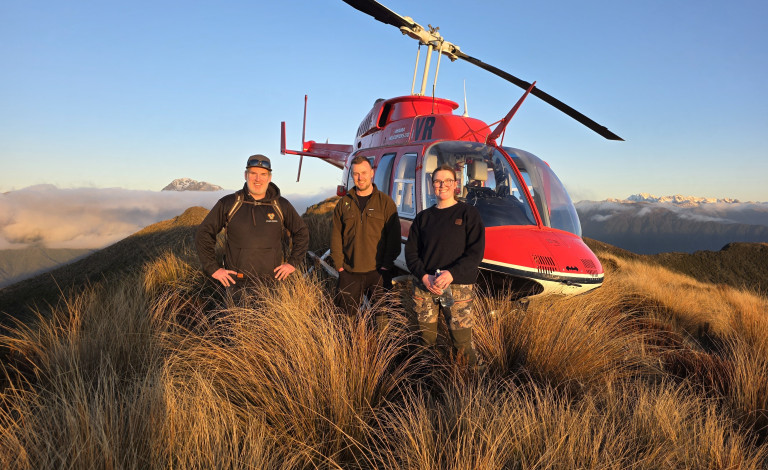Border restrictions could hurt rebounding Canterbury economy in need of workers
13 January 2022 | News
New Lincoln research finds Canterbury will need 10,000 new workers a year to fill a COVID-19 induced labour gap, and this could grow.
Dr David Dyason’s paper, Assessing the labour market response due to COVID-19 border restrictions: A case study of Canterbury, New Zealand*, describes how the local labour market has previously shown resilience by adjusting to demands and difficulties associated with natural disasters, such as the earthquakes.
During that time, the ability to attract labour from outside the region has provided the required skill to support the economy.
Dr Dyason, a Senior Lecturer in Property Studies, said the pre-pandemic labour inflow from the rebuild, coupled with the initial lower economic activity induced by COVID-19, created a labour buffer for the region, “but this is quickly reducing”.
The workforce gap (of those retiring or leaving the workforce and new workers entering) is expected to increase annually and the initial gap would require net inward migration of the working-age population to average at least 10,000 per year, from national or international sources.
For a region that relied heavily on the international labour market, the border restrictions as a result of the COVID-19 pandemic could potentially be disastrous if restrictions remain in the long run.
"Recent labour market results already suggest that capacity within the labour market is shrinking and pressure on relaxing the strict border requirements are needed to support the economy.”
The paper stated that New Zealand's COVID-19 elimination strategy, which was utilised through much of 2020 and 2021, has proved popular in limiting the number of lockdowns and enabling movement of people and the economy in a slightly different way than in previous years.
“However, with regards to the international movement of people (for work and/or migration), border controls and exclusions have substantially lowered New Zealand's labour intake.
“Much of the workforce for the next couple of years could be sourced locally, however, the long-term demand for jobs would require sourcing labour from outside the region,” Dr Dyason said.
“Migration is seen as an important source of population and workforce to replace retirements and support the growing economy. This migration is initially likely to be driven by internal migration within New Zealand and between regions, while international migration is seen as the long-term solution.
“Without significant changes in productivity or natural population growth, regions and countries that historically relied on immigration to support the economy are likely to continue to rely on migration as a labour source.
“Competition among industries to source students, both in high school and the university is expected to increase as the labour supply tighten. This has further implications on wage and salary increases which is again affecting inflation.”
He said the effect of tighter labour markets and their effect on the wider economy provide scope for further research on a regional level.
Find out more about Dr Dyason and his work here.
*Assessing the labour market response due to COVID-19 border restrictions: A case study of Canterbury, New Zealand is available on request.


